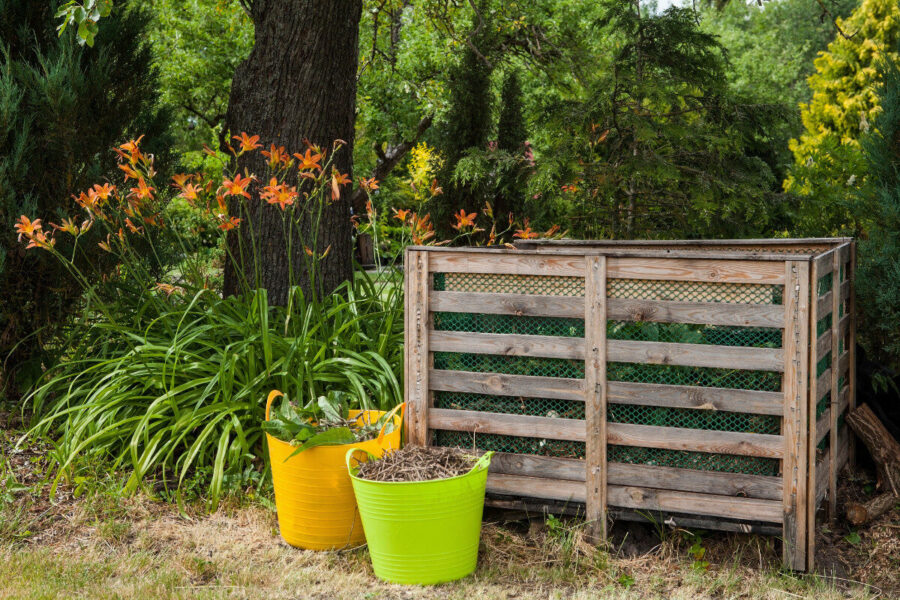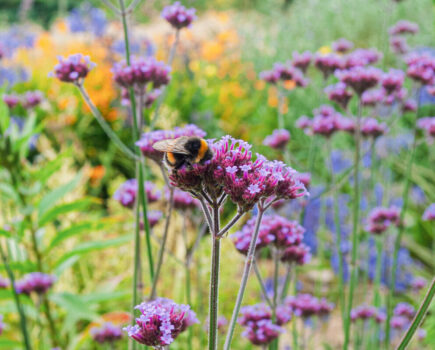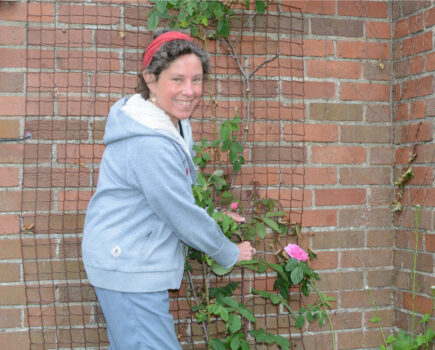Garden Organic’s research manager Dr Anton Rosenfeld shows you how to better appreciate your weeds and explains how they can signify garden conditions
Ask people what a weed is and the most common answer will be: ‘it’s a plant growing where it’s not wanted’. While some plants might not be welcome in all places, an understanding of the many benefits that wild plants or weeds can bring might allow us to be a little bit more generous in our attitudes towards them.
For example, a less ruthless weeding regime can bring many benefits including providing pollen and nectar for pollinating insects. There are some, such as the humble dandelion, that provide large amounts of pollen and nectar for feeding, usually at a time of year when not much else is flowering.
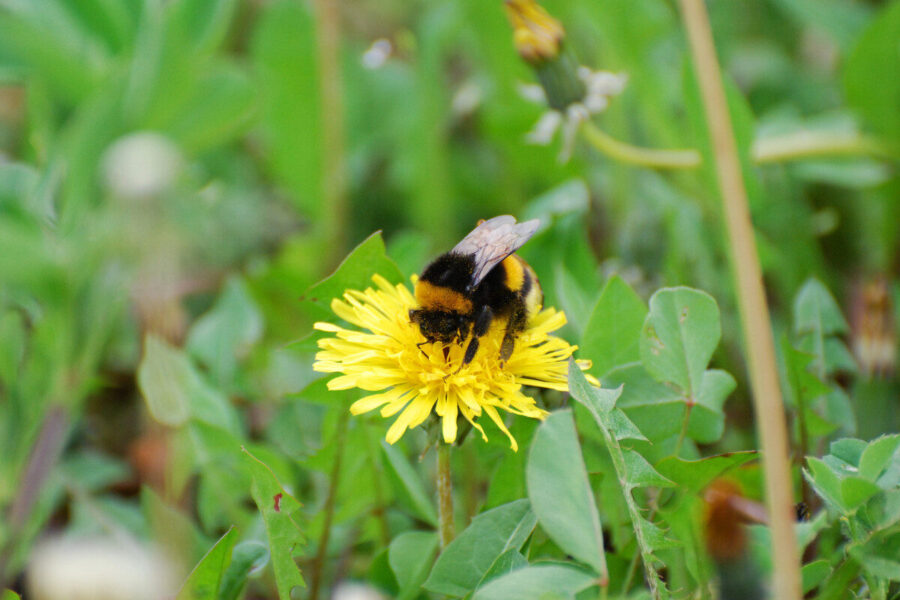
Weeds can also protect the soil. Leaving a cover of non-evasive annual weeds such as chickweed over winter has been shown to be much better than leaving it bare. It protects the soil from weather damage and erosion and stops the rain from washing out all the nutrients. It also provides a habitat where predatory insects such as ladybirds can overwinter, ensuring they will be ready and waiting the following spring to devour pests such as aphids.
What can weeds tell you about your soil
As some weeds seem to thrive better in different soils, the presence of certain weeds can give an interesting indication as to your soil type and conditions.
Hard surface crust
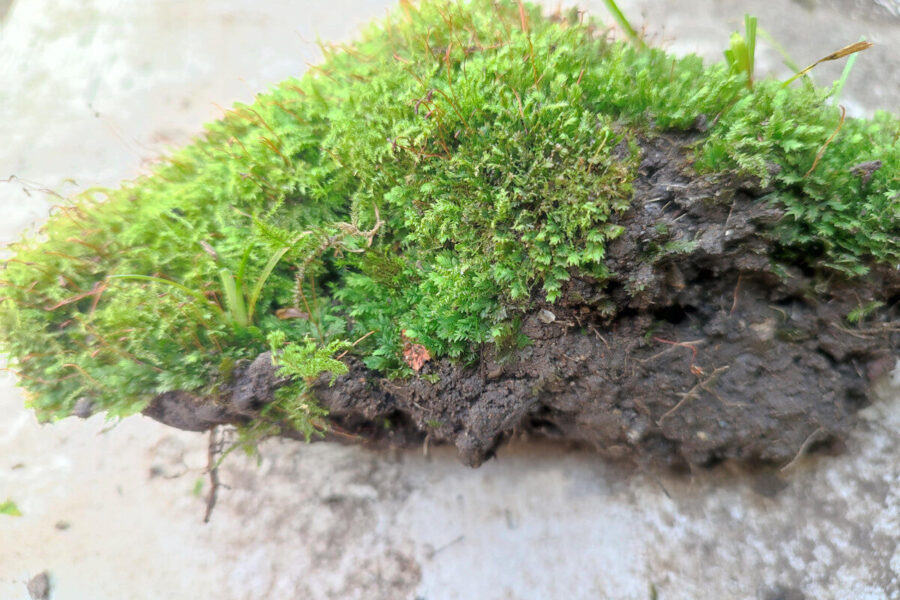
Moss is likely to thrive on such soils as they are likely to have a thin layer of water on the surface for much of the year. Poor surface drainage is often caused when soil is left bare over winter, so particles become congealed together to form a ‘cap’. It can be prevented by adding a layer of compost or leafmould, or growing a green manure such as vetch to cover the ground which should reduce the moss problem.
Soggy soils

A damp soggy place is where horsetail (Equisetum arvense) can take hold. It propagates through deep underground rhizomes and also produces large numbers of spores. If you can improve the drainage through use of green manures or adding well-rotted compost, you will have less of a battle on your hands, although you will most likely never get rid of it completely.
Compacted soil

Dandelions (Taraxacum spp) are a perennial weed with a large taproot, so they’re better able to withstand compacted soil than other plants. A green manure with a tap root such as alfalfa (or lucerne) will help to break this up. It’s always good to leave a few dandelions around to benefit pollinators in the early spring.
Acidic soil
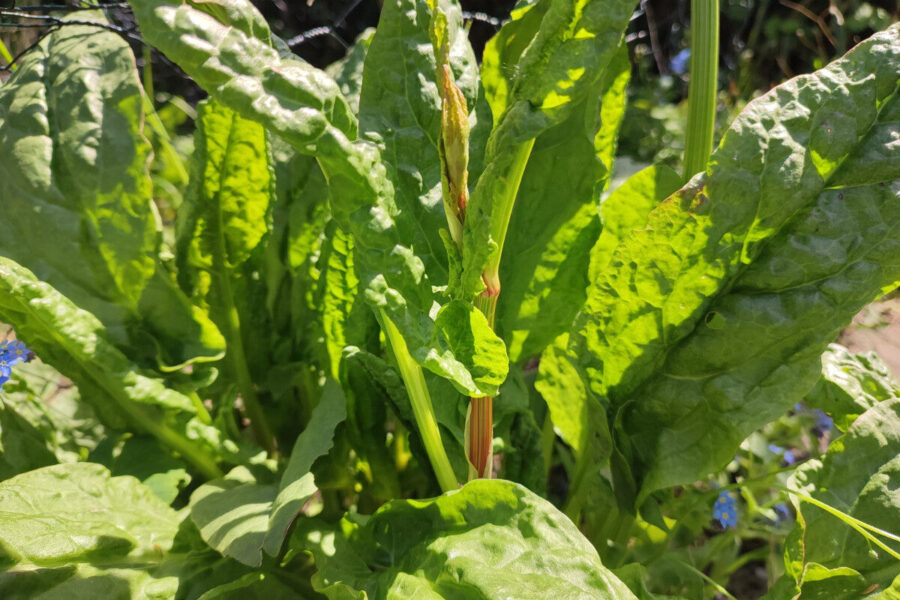
Sorrel (Rumex acetosella) is one of the many weeds that will grow well on acidic soils. It is a perennial so, once established, it takes quite an effort to dig up the tap root. Cut off the flowering head in early summer to avoid it seeding and spreading further. The leaves are edible and have a citrus tang that livens up a salad – but they contain oxalic acid, so should only be consumed in moderation.
Alkaline soil
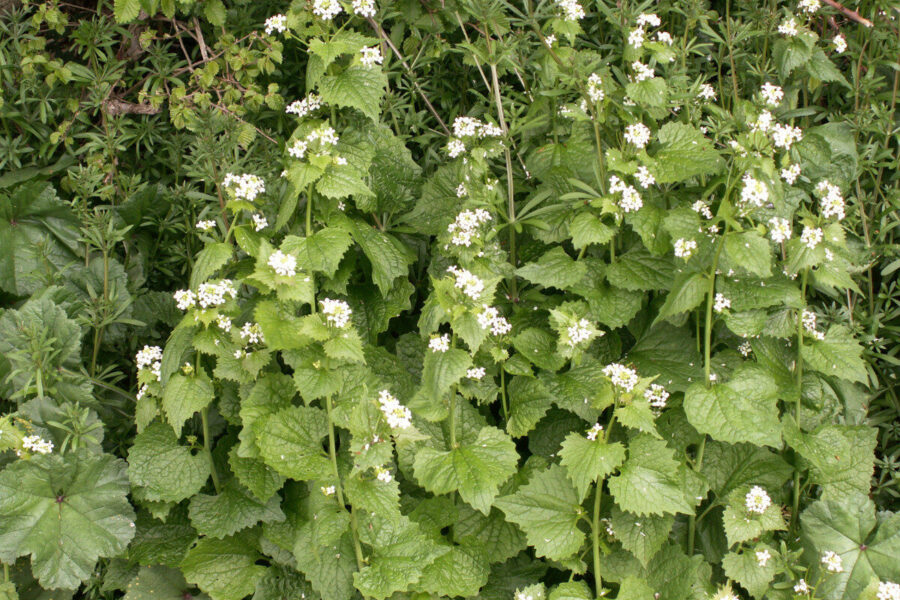
Garlic mustard (Alliaria petiolata) thrives on soils that are neutral to alkaline, so if you see this around, it’s a good indication that your soil is well suited for growing vegetables. Garlic mustard lives up to its name with a peppery mustard flavour accompanied by a whiff of garlic. It’s great mixed in with a salad or if you need to pep up a sandwich.
Nutrient-rich soil
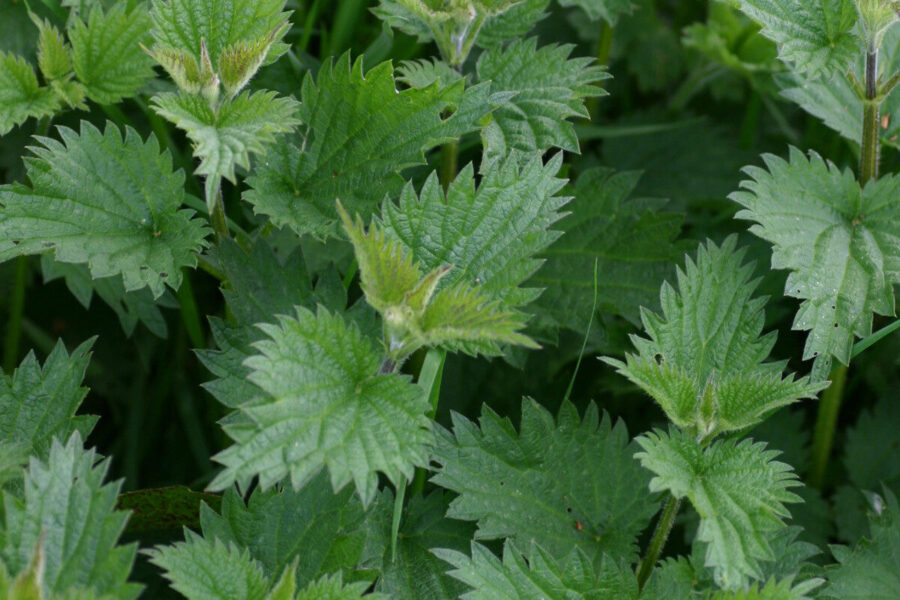
Nettles (Urtica dioica) are one of the best indicators of a fertile soil. They have many benefits, including providing food for the caterpillars of our favourite butterflies, such as the red admiral and peacock. If you’re hungry, young nettles also make a good spinach alternative for use in soup or pasta dishes.
Low nutrient soil

You may see weeds of the legume family such as white clover (Trifolium repens) or vetch (Vicia sativa) in this kind of soil, and they will have a significant advantage over everything else as they are able to fix their own nutrients. Vetch is pretty easy to remove when needed, but white clover forms a network of rhizomes, which it uses to spread.
How to compost your weeds

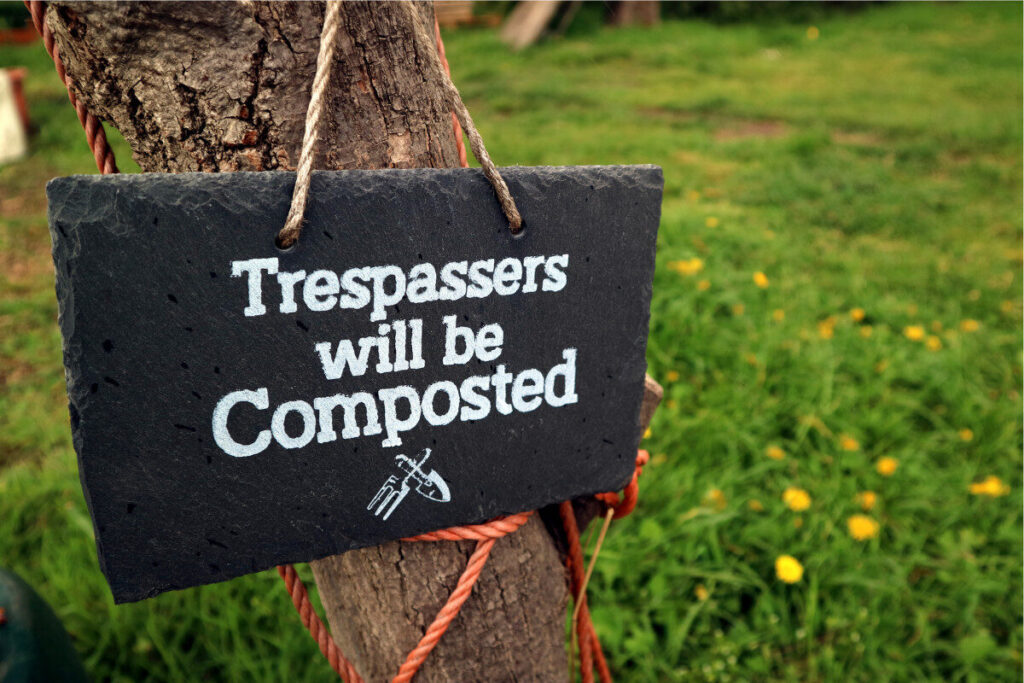
It makes a lot of sense to compost weeds, as you’re returning all that precious organic matter and nutrients to your own soil – rather than paying the council to take them away for you. However, the most troublesome weeds such as bindweed, ground elder and hedge bindweed spread through rhizomes, which are long underground stems. Often just a small piece is needed to regenerate and so you 100% want to make sure that your compost is not spreading weeds back into your veg plot and a typical domestic compost heap does not get hot enough to kill off weed seeds or perennial weeds so here’s want to do:
Remove seed heads where possible and bake weeds with tap roots and rhizomes in the sun for several days, or just soak everything in water for several weeks to be on the safe side before adding to the compost heap.
Find more tips, advice and articles like this at the Amateur Gardening website. Subscribe to Amateur Gardening magazine now

